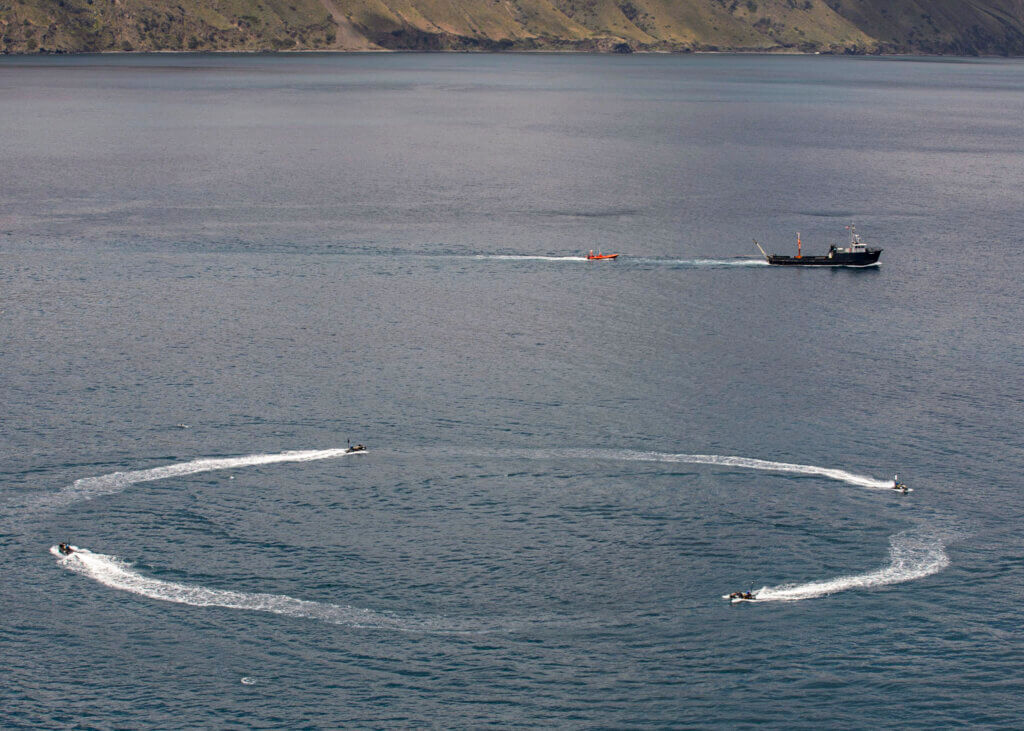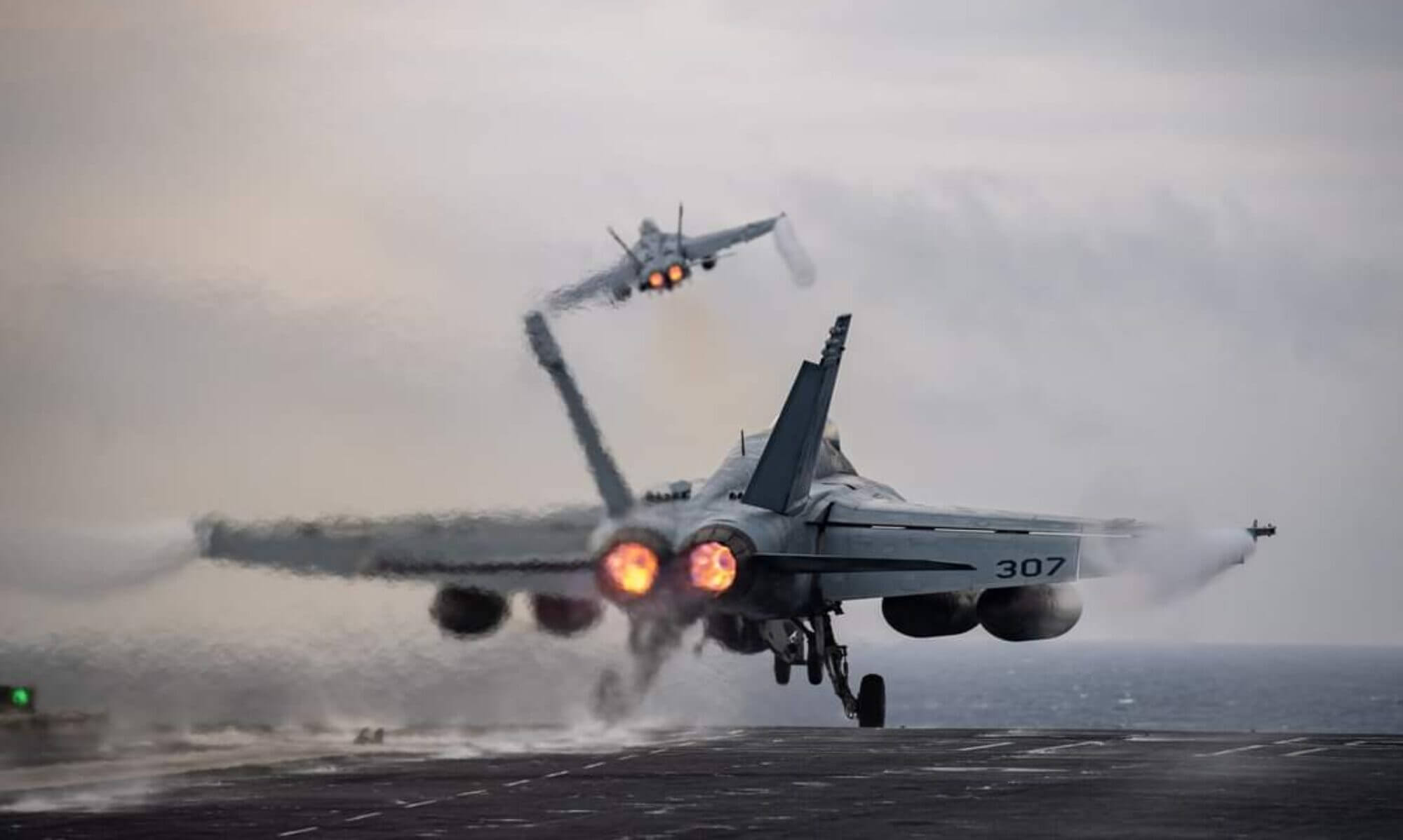
Introduction:
The United States Navy has always been at the forefront of innovation and modernization, constantly pushing the boundaries of what is possible in terms of seafaring technology. The Americans for a Stronger Navy organization is proud to be a part of this community and supports the Navy’s mission to develop new and advanced unmanned systems. Recently, during the U.S. Pacific Fleet’s Unmanned Systems Integrated Battle Problem, a ship-deployable seaborne target was tested and moved in a circular motion, creating a wake of white ocean. This development is just one example of the Navy’s ongoing commitment to pushing the limits of what is possible in modern warfare.
Title:
Pushing the Limits: The Navy’s Ongoing Commitment to Developing Advanced Unmanned Systems.
Summary:
During the U.S. Pacific Fleet’s Unmanned Systems Integrated Battle Problem, the Navy tested a ship-deployable seaborne target that moved in a circular motion, leaving a wake of white ocean. This development is just one example of the Navy’s ongoing commitment to developing advanced unmanned systems and pushing the boundaries of what is possible in modern warfare.
Key Takeaways:
- The United States Navy is constantly pushing the boundaries of what is possible in terms of seafaring technology.
- The Americans for a Stronger Navy organization supports the Navy’s mission to develop new and advanced unmanned systems.
- During the recent Unmanned Systems Integrated Battle Problem, the Navy tested a ship-deployable seaborne target that moved in a circular motion, leaving a wake of white ocean.
Conclusion:
The development of ship-deployable seaborne targets that can move in a circular motion is just one example of the Navy’s ongoing commitment to developing advanced unmanned systems and staying at the forefront of modern warfare.
The Americans for a Stronger Navy organization is proud to be a part of this community and encourages all Americans to support the Navy’s mission to create fleet warfighting advantages. By doing so, we can ensure that the United States Navy remains the most advanced and effective fighting force in the world.

